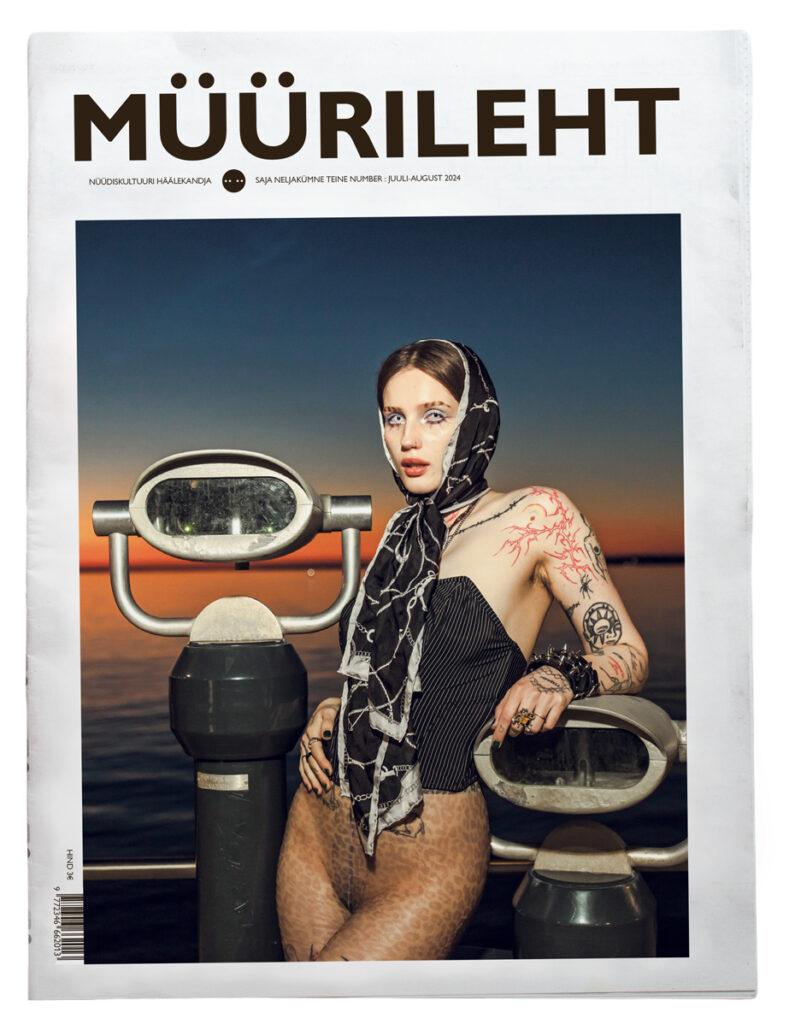“I’ve found you!”
Lugemisaeg 8 minA Review of “The Kids are Sane/Lapsed Mars Tupla” by Ahto Eller, Helmi Arrak, Marie Kõljalg & Edgar Tedresaar.
Venue: galerii NOORUS, Tartu Kõrgem Kunstikool (Tartu Art College), Tartu, Estonia. 3.-26. January 2014.
Extraordinary depth, deep rich colour and full-bodied. The wine was good, but it died on the middle palate.
Toeta vastutustundlikku ajakirjandust
Infoajastu ja sotsiaalmeedia levik on toonud endaga kaasa aina kiiremad, lühemad ja emotsioonipõhisemad tekstiformaadid ning sellega seoses ka süvenemisvõime kriisi.
Nendest trendidest hoolimata püüab Müürileht hoida enda ümber ja kasvatada ühiskondlikult aktiivseid ja kriitilise mõtlemisvõimega noori autoreid ja lugejaskonda. Toimetuse eesmärk on mõtestada laiemalt kultuuri- ja ühiskonnaelu ning kajastada lisaks nüüdiskultuuris toimuvat. Väljaanne on keskendunud rahulikule, analüüsivale ning otsingulisele ajakirjandusele, mis ühendab endas nii traditsioonilised kui ka uuenduslikud formaadid. Sinu toetuse abil saame laiendada kajastatavate teemade ringi ja avaldada rohkem väärt artikleid.
Toeta Müürilehe väljaandmist:
